Câu hỏi: A desert is a hostile, potentially deadly environment for unprepared humans. In hot deserts, high temperatures cause rapid loss of water due to sweating, and the absence of water sources with which to replenish it can result in dehydration and death within a few days. In addition, unprotected humans are also at risk from heatstroke. Humans may also have to adapt to sandstorms in some deserts, not just in their adverse effects on respiratory systems and eyes, but also in their potentially harmful effects on equipment such as filters, vehicles and communication equipment. Sandstorms can last for hours, sometimes even days. Despite this, some cultures have made hot deserts 'their home for thousands of years, including the Bedouin, Tuareg tribe, and Pueblo people. Modern technology, including advanced irrigation systems, desalinization and air conditioning, has made deserts much more hospitable. In the United States and Israel for example, desert farming has found extensive use. In cold deserts, hypothermia and frostbite are the chief hazards, as well as dehydration in the absence of a source of heat to melt ice for drinking. Falling through pack-ice or surface ice layers into freezing water is a particular danger requiring emergency action to prevent rapid hypothermia. Starvation is also a hazard; in low temperatures the body requires much more food energy to maintain body heat and to move. As with hot deserts, some people such as the Inuit have adapted to the harsh conditions of cold deserts.
A. troubles that human beings have to face in a desert
B. desert storms and desert inhabitants
C. hot deserts and cold deserts in the United States
D. desert hospitality and environment
30/08/2021 1 Lượt xem
30/08/2021 1 Lượt xem
Câu 3: Kal decided to borrow £20,000 when……
A. all her clothes in the London shop were sold.
B. her friends asked her to make clothes for them.
C. she lost her job at the advertising agency.
D. the fashion industry was in a period of growth.
30/08/2021 2 Lượt xem
Câu 4: When do many people drink coffee?
A. During breaks
B. At lunch
C. On their way to work
D. All of them are correct.
30/08/2021 1 Lượt xem
Câu 5: Why did the writer give Ben the present he wanted?
A. She wanted to reward him for working hard.
B. He already had too many computer games.
C. She knew he would use it sensibly.
D. He persuaded her it would be a good idea.
30/08/2021 2 Lượt xem
Câu 6: Not drinking enough water is a problem for ________.
A. coffee drinkers
B. doctors
C. officers
D. workers
30/08/2021 2 Lượt xem
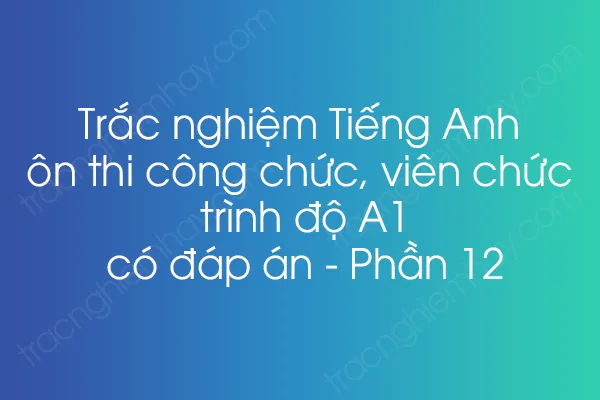
- 0 Lượt thi
- 30 Phút
- 30 Câu hỏi
- Người đi làm
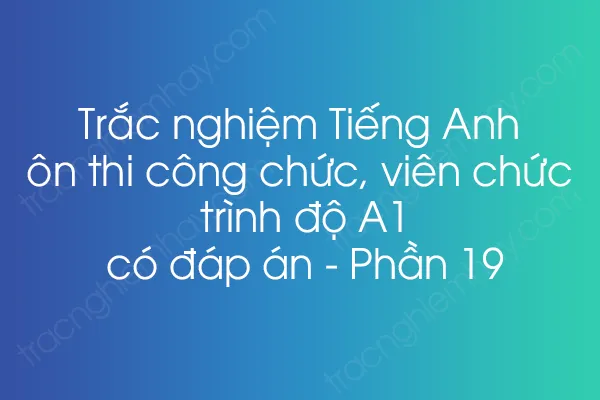
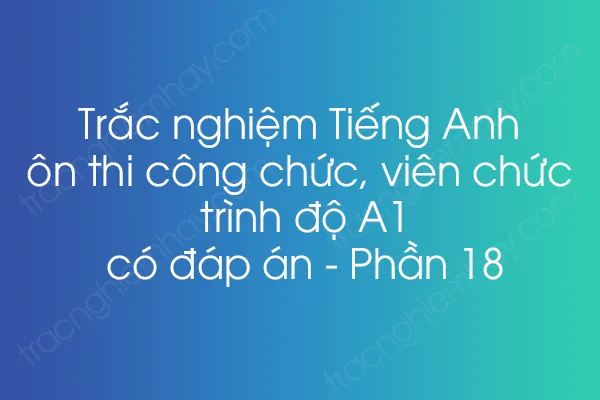
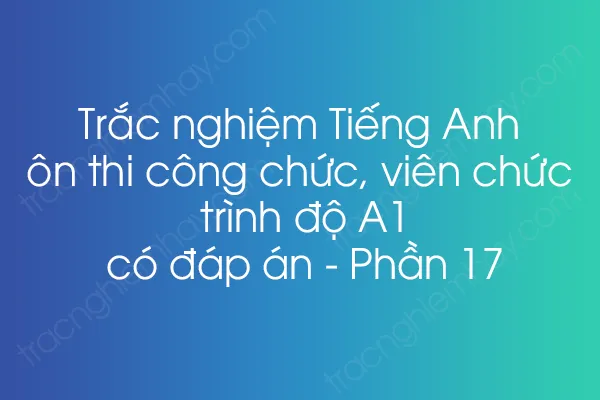
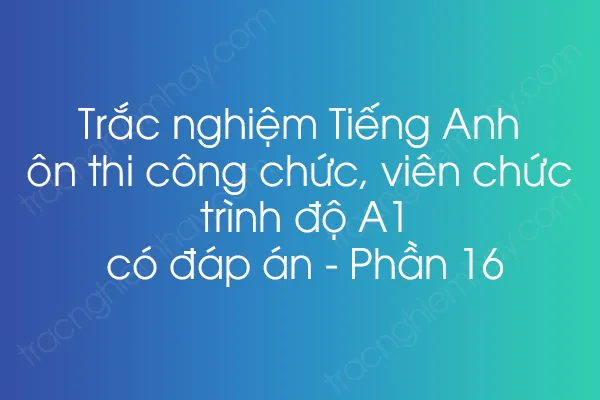
Chia sẻ:
Đăng Nhập để viết bình luận